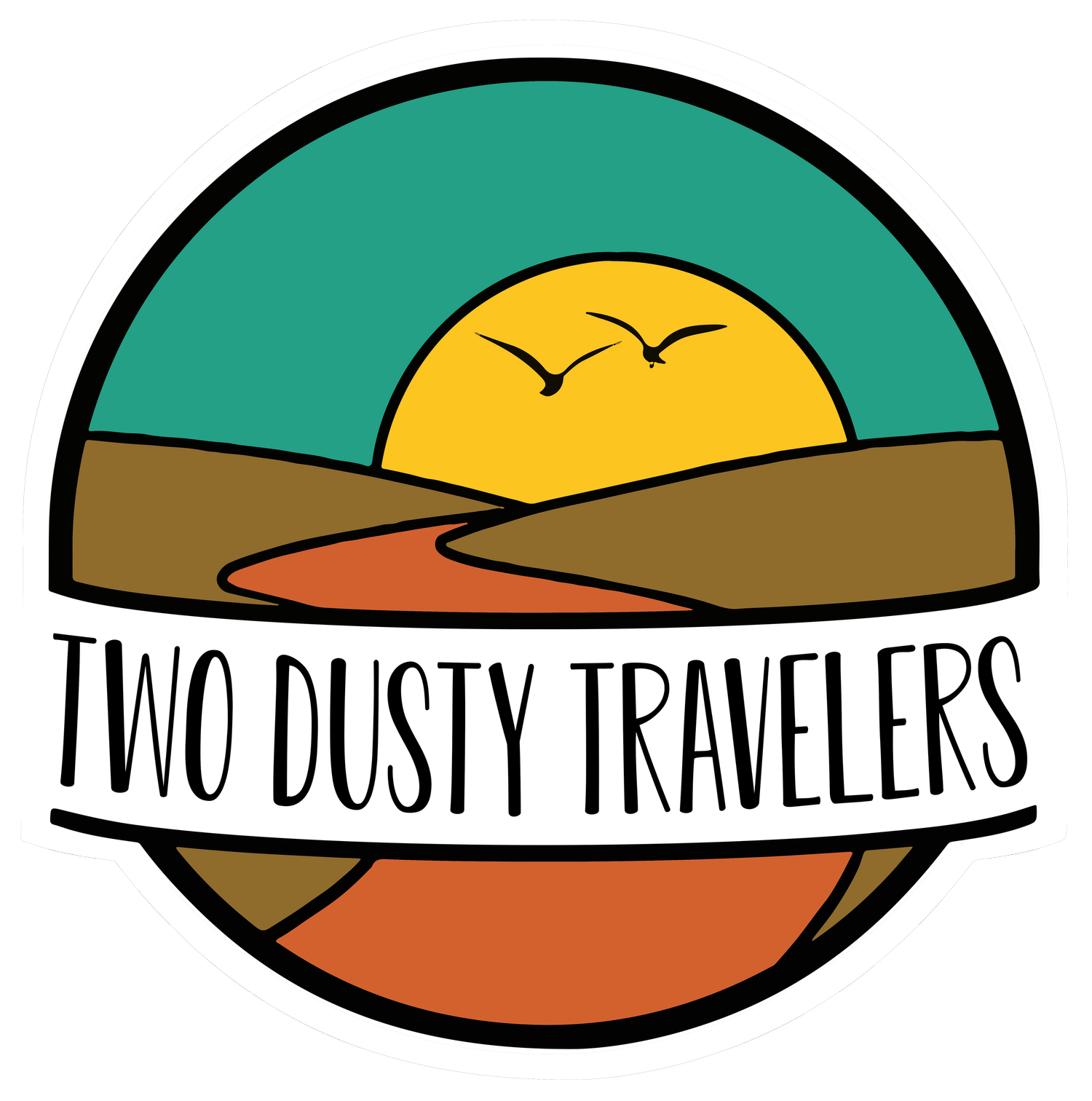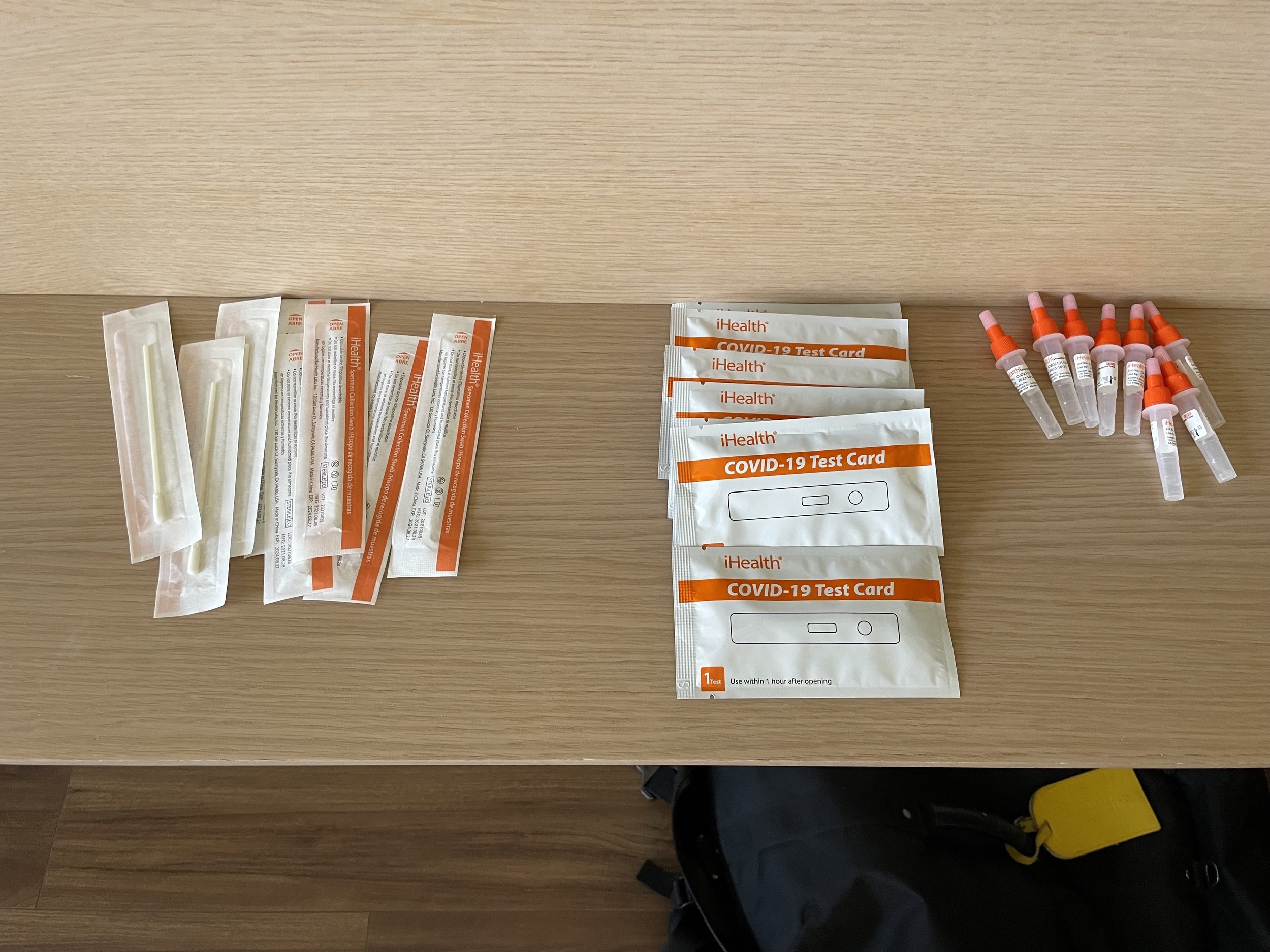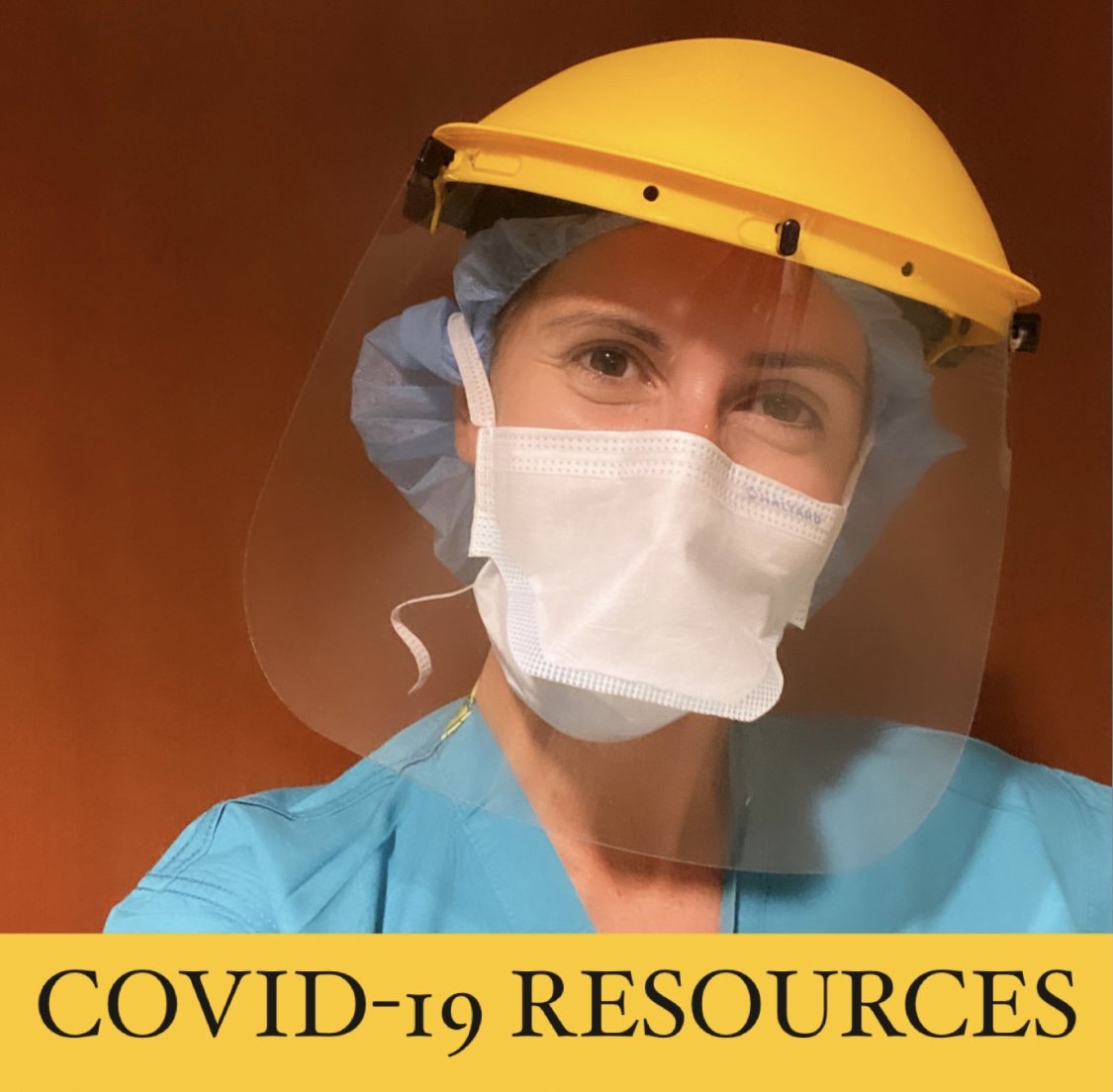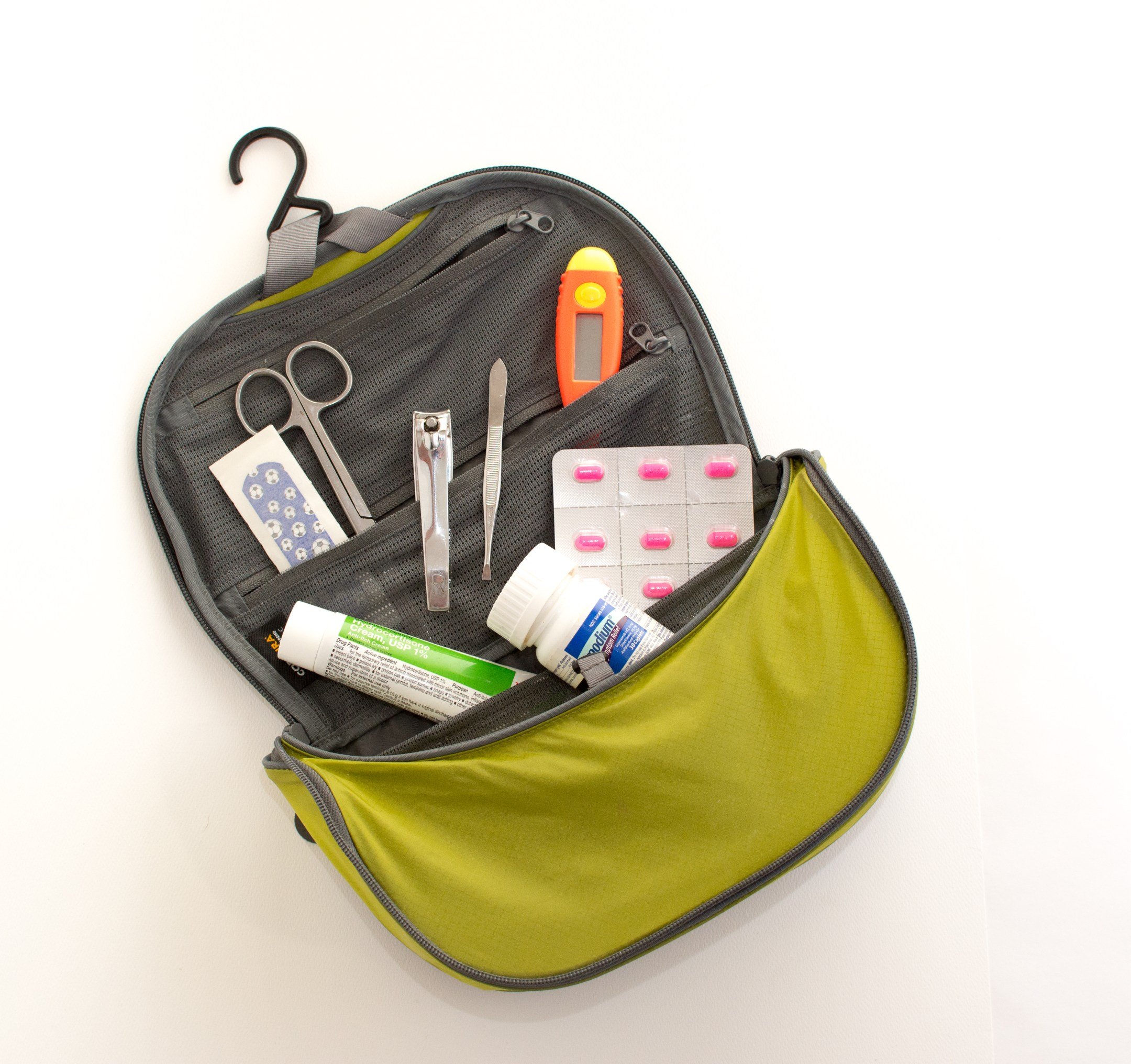Pandemic Travel: How to Travel Safely During COVID-19
I’m a Registered Nurse with infectious disease experience - I worked in West Africa during the Ebola outbreak and I’m on my hospital’s biocontainment specialty team, which treated the first COVID-19 patient in the USA. I also became a pandemic science communicator when the new coronavirus was spiking in spring of 2020, and I decided to post about it on Instagram. Before I knew it, most of my waking hours for the next two years became dedicated to educating our followers about COVID-19.
The Pandemic Isn’t Over Just Because You’re Over It
As of this writing in spring of 2023, much of the world has moved on from the pandemic, although it is certainly not over. In the USA, thousands of people are still dying of COVID every week. Millions suffer from Long COVID, even the young and previously healthy.
I’m not going to waste my breath convincing people that they should continue to care about their health and the health of those around them. If you’re here, I’m guessing you’re already on board! So let’s talk about how to travel as safely as possible, knowing that COVID is going to be part of our lives for the foreseeable future.
COVID-19 Travel Safety Tips
Is it safe to fly?
Unfortunately, air travel is inherently a high-risk situation for airborne viruses like COVID-19. Although planes are equipped with excellent air filtration systems, you will still be in very close proximity to a large number of (probably unmasked) people for an extended period of time. And remember that those filtration systems aren’t running while you sit on the tarmac. You’ll also likely be in unmasked crowds inside airports.
Still, Aaron and I have been on many flights since the pandemic began and we’re still COVID-free (so far). There are many ways that you can help prevent yourself from contracting COVID-19 (or any other disease!). They’re the same recommendations you’ve been hearing from every public health expert for years: Mask, hand washing, social distancing, and testing.
Wear a mask!
There’s an incredible amount of science supporting the fact that masks protect people from both catching and spreading COVID-19. Especially since we know the virus is contagious before you begin to show symptoms, it’s important to mask up indoors while traveling even if you’re feeling fine.
But which mask?
In crowded indoor areas where we’ll be for extended periods (like airplanes), we wear our most protective masks: N95s with head straps. To be effective, these need to fit snugly against your face - each time you put on a new one, mold the metal nose piece down over the bridge of your nose to form a seal.
We get our masks from Project N95 to ensure they’re not counterfeit. I like this mask (it’s what I wear at work at the hospital). Aaron prefers this one. When we’re in a less risky situation (indoors but in a less crowded area, or only going indoors briefly), we wear KN95 masks with earloops.
Go ahead and try out a few different styles, and go with the one that feels most comfortable to you. The best mask is the one you’ll keep on. Surgical masks are certainly better than nothing, but N95s and KN95s offer much more protection. Cloth masks offer hardly any protection at all. If you’re going to wear a mask, wear one that actually protects you!
You have to actually wear your mask.
I see lots of people with their masks under their chins or below their noses, or removing them entirely to eat . Unfortunately, just having your mask near you won’t do the trick!
If you’re going to remove your mask for several minutes while in a crowded indoor space with other unmasked people (like an airplane), then you’re leaving yourself open to infection. If someone sitting near you has COVID (or anything else airborne) you could catch it while your mask is off during your meal. The more consistently you wear your mask, the better.
When I’m on a plane, my mask is on all the time. When I need to eat or drink, I take a breath, pull my mask down for a bite or a sip, and then put it back on. Is it annoying? Yes. But to us it’s worth it - we haven’t caught COVID yet.
Test before you travel
Whether it’s required or not, testing before you travel is responsible thing to do. We always take a rapid home test right before we leave home.
We also bring a few rapid tests along with us, in case they’re difficult to find at our destination. Unpack them from their boxes and they hardly take up any space at all. Check with your insurance, state public health website, and covid.gov to find free tests.
And hopefully it goes without saying: You should postpone travel if you’re having COVID symptoms. It’s possible to test negative for a few days after your symptoms start, so don’t treat a negative test like a free pass if you’re feeling unwell.
Wash your hands!
Do this often and thoroughly (especially before you eat or touch your face), scrubbing for at least 20 seconds (I recommend choosing one of these awesome songs to sing in your head to ensure that you go the full 20).
Here, I even made you a quick video on proper hand washing – this is how we learned to do it during the Ebola outbreak so it’ll get those paws CLEAN.
Don’t touch your face.
It’s incredible how many times you touch your face throughout the day, once you start paying attention. I once attended a training during which a secret observer counted how many times we all touched our faces during the course of an hour, and the number was HORRIFYING.
The COVID-19 virus can enter your body through your mucous membranes (eyes, mouth, nose) so if you’re going to touch your face – you guessed it! – wash your hands first. Though it’s not the main mode if transmission, catching COVID via fomites (inanimate objects) is possible. If you like, you can carry disinfectant wipes to clean common areas like tray tables and armrests.
Keep it Outdoors
Good ventilation is the enemy of COVID-19. Sticking to outdoor activities and dining outdoors is a major way to stay safe. If you can’t be outdoors, keep windows and doors open and consider wearing your mask.
This fascinating article, which shows how COVID spreads through the air, may help you assess your risk in different situations.
This guy we spotted on our road trip in Kenya has the right idea!
Should You Quarantine?
The absolute safest way to be sure you don’t have COVID is to strictly quarantine for 14 days before and after travel - but that isn’t possible or reasonable for most of us.
But remember, it’s not all-or-nothing. When we have travel approaching, we limit our activities for two weeks prior in order to reduce our chances of catching COVID and having to cancel our trip. The week before you travel is not a good time to go to a concert, for example. If you aren’t already masking indoors, do so for two weeks prior to travel.
The same applies for after your trip: If you engaged in high-risk activities like air travel, or maybe you attended a friend’s wedding or shared a tour bus, you’ll want to be sure you didn’t catch COVID on your trip before returning to regular socializing. Take it easy on the indoor gatherings for a week or two.
In the end, travel decisions are extremely personal. The risks and benefits are going to look different for each individual scenario. But do keep in mind that your travel decisions do not affect only you. Almost everyone comes into frequent contact with high-risk groups (your older parents, your immune-compromised friend, your pregnant sister) – so consider their safety in addition to your own.
I hope this helps you make informed choices about traveling safely in our new COVID-19 reality!
You Might Also Like:
This post may contain affiliate links. If you make a purchase through our links, we get a small commission at no cost to you. This helps with the cost of keeping this site running – so thank you for clicking through! Don’t worry, we won’t recommend anything we don’t fully believe in.














